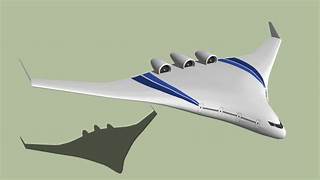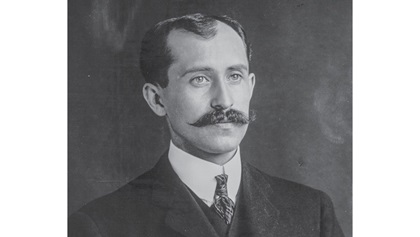A BWB future?

But the pressures brought on by the need to address environmental concerns has resulted in some daring new ventures. An intriguing new effort involves a design with a blended wing body (BWB).
JetZero, a startup company that says it originated the BWB concept, is working on a scaled-down version of what it envisions as a series of BWBs called the Z-5. The BWB idea is being pitched at two basic roles—as a military in-flight refueling tanker or transport vehicle, and as a long-range airliner able to carry passengers in a roomy cabin.
With its flattened fuselage merging with slender wings, and its jet engines mounted atop its tailless aft body, it’s an odd-looking duck. But that cavernous fuselage can carry much more fuel than current tankers or airliners, and the Z-5’s flat-looking shape creates less drag and more lift than conventional tanker-transports.
The environmental benefits include, presumably, that the Z–5’s engines would be able to burn SAF (sustainable aviation fuel—a drop-in, non-Jet-A fuel of biological origin), which would lower carbon emissions and pollutants. Noise would be less, JetZero says, because the engines are atop the aft fuselage and thus attenuate the decibels reaching the surface.
There could be another use for that big cabin: It could hold a lot of hydrogen, should that become an option in the future. This would make it a candidate for being one of the first hydrogen-electric powered true airliners—an idea that’s being tested on ZeroAvia’s Dornier 228 and Universal Hydrogen’s de Havilland Dash 8-300. But those airplanes are full-scale turboprop twins. The Z–5 now exists as a much smaller test article.
This raises a question: Is a proof-of-concept BWB scalable up to the size of a tanker-transport? Or maybe even a next-generation business jet?




